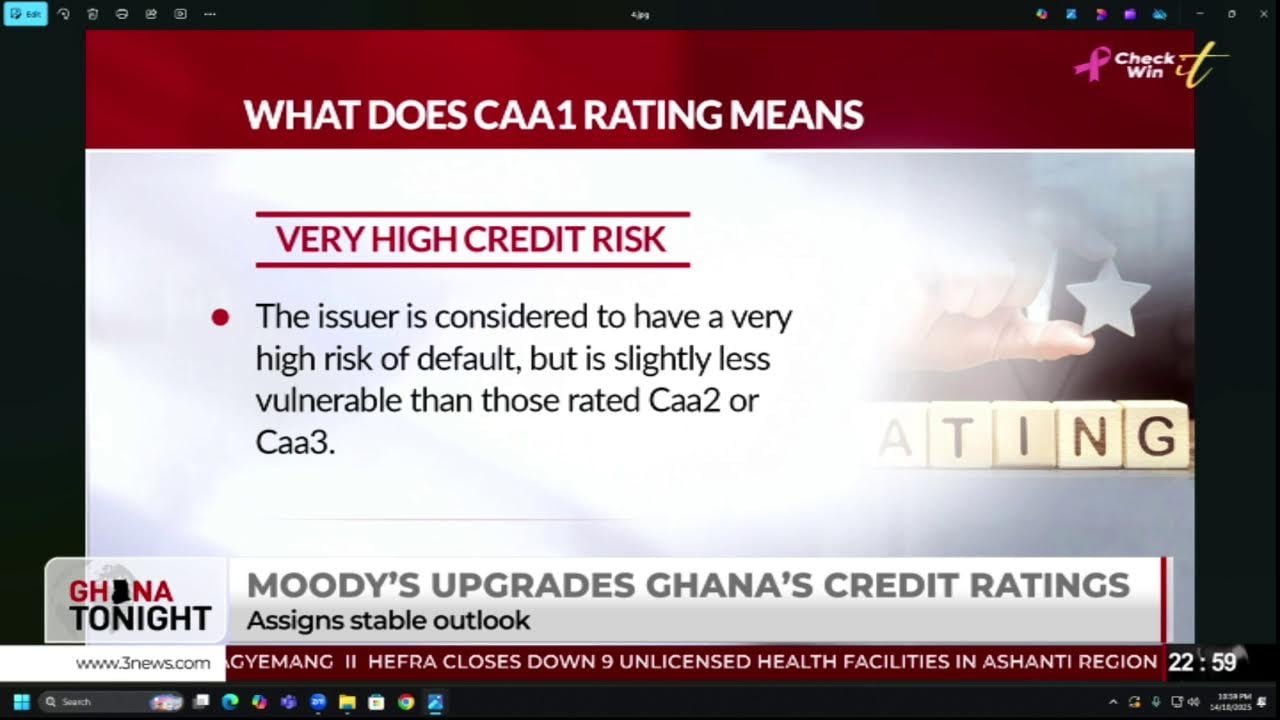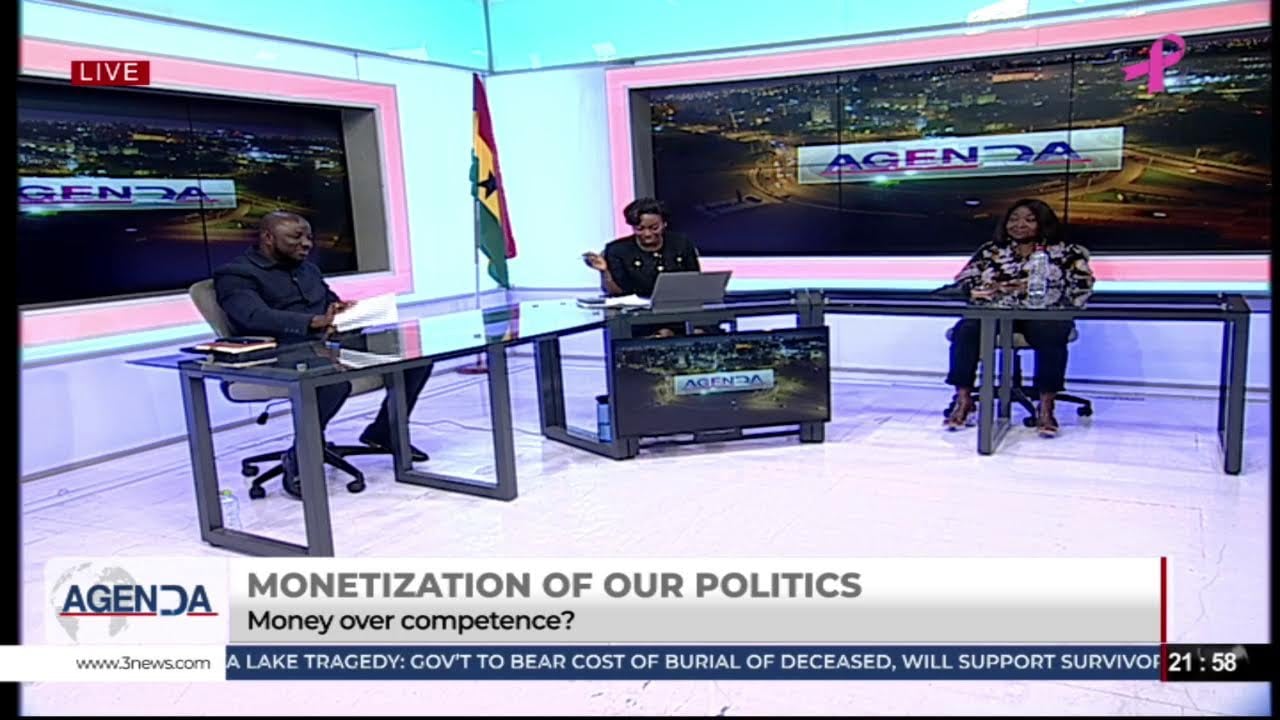
Ghana's Gross Domestic Product (GDP) registered an impressive growth rate of 8.5 percent in 2017 from a rate of 3.5 percent in 2016, breaking the downward trend since 2011, while per capita growth increased from 1.4 percent in 2016 to 6.1 percent in 2017.
In 2017, the services sector, which represents more than half of GDP, registered a growth rate of 4.3 percent, compared to 5.7 percent in 2016, while industry, the second largest sector, recorded an increase of 16.7 percent in 2017, compared to a decrease or 0.5 in 2016.
For the agricultural sector, a growth rate of 8.4 percent was recorded in 2017, as against 3.0 percent in 2016.
These are contained in the State of the Ghanaian Economy Report, 2017 which was launched in Accra, yesterday, October 2, 2018.
Prof. Felix Ankomah Asante, Director, University Of Ghana's Institute of Statistical, Social and Economic Research (ISSER) presented the Report which was launched by Nana Osei-Bonsu, Chief Executive Officer, Private Enterprise Foundation, and Chairman for the occasion.
The Report explains that the outstanding performance by the industrial sector in 2017 was attributable to the production in upstream oil and gas, and has little direct impact bearing on diversification of the Ghanaian economy based on value addition.
According to the Report, the end-of-year inflation rate in 2017 was 11.8 percent as against 15.4 percent in 2016, with the average annual inflation rate falling substantially from 17.5 percent in 2016 to 12.4 percent on 2017 and achieving the target rate.
Broad money supply, including foreign currency deposits (M2+), the Report says, grew by 16.7 percent in 2017 as against 22.0 percent in 2016.
The Report explains that the reduced growth of both the broad money supply and the reserve money was consistent with the decline of the overall inflation towards the targeted level in 2017.
The Report makes it known that between 2016 and 2017, all interest rates for depositors, except the 91-day Treasury Bill, increased, while lending rates also increased, which outcome suggests that a higher risk premium in 2017 than in 2016.
According to the Report, the cedi depreciated against the US dollar by 11.2 percent and 15.2 percent, based on the average inter-bank and foreign exchange rates, respectively--the cumulative depreciation rates being 4.9 percent, 11.9 percent and 14.6 percent against the US dollar, pound sterling and the euro, respectively on the inter-bank market in 2017.
The depreciation of the cedi against the US dollar in 2017 was, therefore, lower (9.6 percent) than in 2016, according to the Report.
The Report indicates that electricity grew by only 6.3 percent in 2017, compared to a growth rate of 11 percent in 2016--its performance representing a significant deterioration, reflecting the likelihood that irregular outages remain a challenge, severely limiting the supply of electricity in the country's recent years.
On manufacturing, the Report says the sector grew at 3.7 percent in 2017 after a 2.7 percent growth in 2016 while construction and water and sewage also registered positive growth rates.
According to the Report, all the sub-sectors of the agricultural sector grew in 2017 and that with the exception of forestry and logging, the sub-sectors of agriculture grew faster in 2017 than in 2016.
The Report indicates that the cocoa sub-sector had the fastest expansion, growing by 17.3 percent in 2017, a major improvement over the contraction of 7 percent in 2016 which is attributable to improved weather.
Fishing and crops came after cocoa while livestock growth improved marginally from 5.3 percent in 2016 to 5.4 in 2017, with forestry and logging growing nearly 1.0 percentage point slower in 2017 than in 2016.
The performance of fishing, the Report indicates, improved in 2017, recording a growth rate of 11.7 percent after 5.7 percent in 2016, while the growth rates of crops increased from 2.5 percent in 2016 to 9.4 percent in 2017.
The Report shows that the objective of reducing the fiscal deficit (including grants) to 6.3 percent in 2017 was attained with an actual overall budget deficit of 5.9 percent of GDP.
The Report notes that the deficit outturn in 2017 represented a considerable improvement over the 7.8 percent deficit in 2016 by nearly 2 percentage points.
The Report indicates that total government revenue, comprising tax and non-tax revenue, (but excluding grants) as a proportion of GCDP increased from 16.6 percent in 2016 to 18 percent in 2017.
The Report notes that total government expenditure as a proportion to GDP decreased from 26.1 percent in 2016 to 23.3 in 2017, adding that the observed decrease in the deficit between 2016 and 2017 was attributable to changes in public expenditure and revenue.
The Report shows that there was a decrease in the import bill for goods, from US$12,920.11 million in 2016 to US $ 12,647.35 million in 2017, the decline resulting primarily from a drop in non-oil imports from US$ 11,085.22 million in 2006 to US$10,655.20 million in 2017.
The Report indicates that there was a trade (goods) surplus of US$1,187.67 million (2.51 percent) in 2017, compared with a deficit of US$1,781.77 million (4.17 percent of (GDP) in 2016.
The deficit in the current account, the Report says, also fell from US$2,832.05 million (6.63 percent of GDP) in 2016 to US$2,224.85 million (4.24 percent of GDP) in 2017.
The Report notes that the improving trade deficit rate is attributable primarily to declining imports, particularly non-oil imports as well as the rising value of exports, driven by an increase in receipts from gold and crude oil exports.
The Report indicates that at a projected 3.0 months of imports of goods and services, Ghana's international reserves level in 2017 was slightly higher than the 2.8 months level in 2016 and adds that against the recommended 3.0 months of import cover, the 2017 reserve level signals a continuing precarious foreign exchange position for the country.
The Report projects Ghana's growth rate to slow to 6.3 percent, down 2.2 percentage points on the 2017 rate with daunting infrastructural challenges.
The Report notes that unemployment remains a challenge and that despite Ghana's current rankings among top quintiles of SSA countries on measures of institutional quality, the country's scores on government effectiveness, an indicator of the quality of public services, have fallen below the world average since 2009 and have been falling steadily since 2011.
Similarly, the Report says, control of corruption has been declining, suggesting an increasing level of corruption in the country.
The Report calls for improved infrastructure and economic management to sustain economic growth well into the future, massive investment in productive infrastructure and the prioritisation of non-traditional exports to ensure medium-term growth targets.
Prudent management of the government, the Report says, remains compelling and identifies adverse developments in world commodity prices and foreign investment flows as risks to monetary policy.
The Report notes that a new medium-term national development framework--An Agenda for Jobs: Creating Prosperity and Equal Opportunity for All, 2018-2021 (First Step)--has been developed, and indicates that since many of the projects under the framework were initiated in 2017, it is too early to effectively assess progress.
However, the Report says it is anticipated that the four initiatives under the policy will expand employment across districts, increase the supply of secondary school graduates and strengthen local authorities financially.
The Report notes that implementation of the initiatives under the new development framework will require additional financial resources, with possible adverse implications for fiscal balance.
In a welcome address, Dr Simon Bawakyilenuo, Senior Research Fellow and Head, Statistical and Survey Division, ISSER, pledged the determination of ISSER to maintain standards in the delivery of the strategic service ISSER was rendering.
The chairman for the occasion, Nana Osei-Bonsu, stressed the need to address revenue shortages by reducing tax exemptions.
Nana Osei-Bonsu said Ghana's future depended on proper and strategic planning, while on corruption, he said the citizenry had a responsibility to support government in fighting it.
ISSER is one of the three Research institutions at the University of Ghana, Legon. The other two are the Regional Institute for Population Studies and the Institute of African Studies.
Source: ISD (G.D. Zaney, Esq.)
Read Full Story

























Facebook
Twitter
Pinterest
Instagram
Google+
YouTube
LinkedIn
RSS